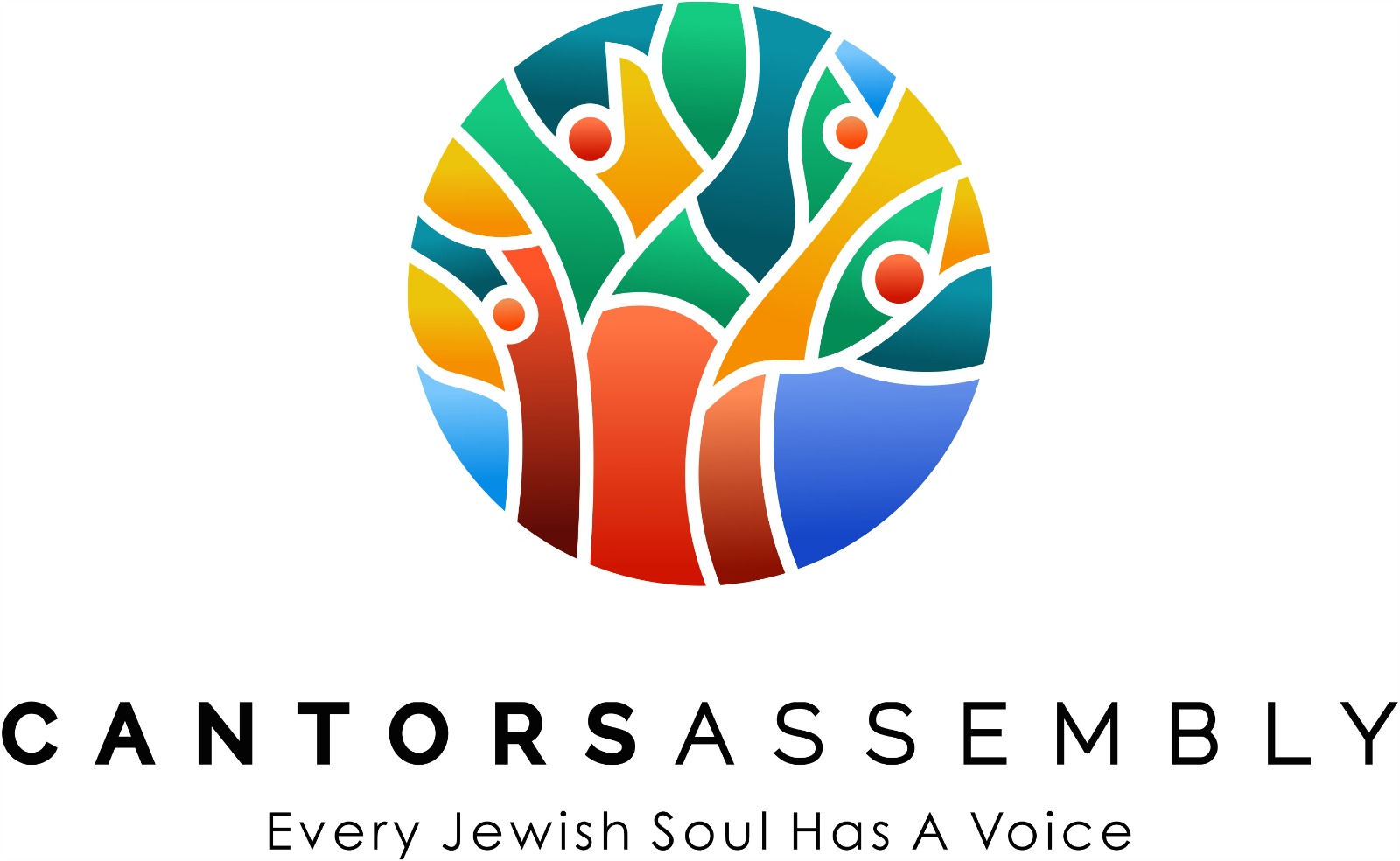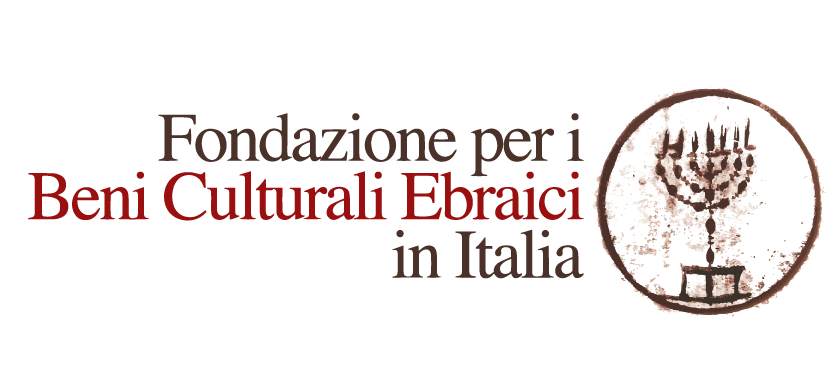In collaboration with









Leo Levi Center for the Study of Jewish Liturgical Heritage, Florence
University of Venice “Ca’ Foscari,” Venice
Ugo and Olga Levi Foundation, Venice
In collaboration with
NLI – National Library of Israel
Hebrew Union College – Jewish Institute of Religion – Cincinnati & New York
Centro Primo Levi – New York
Jewish Music Research Center, Jerusalem
The aim of this conference is to discuss some of the most important aspects and problems in the study of Italian Jewish music repertoires, from the processes of formation and development of the different rituals/minhagim through the role of music in shaping, preserving, and transmitting Jewish identities, to the various meanings and understandings in this context of “learned music” as opposed to popular or traditional material, of music “modernity” and “antiquity”.
The conference marks the first three years of life of the Thesaurus of Italian Jewish Music, a project that is attempting to address the fragmentation of sources for Italian Jewish musical repertoires. While maintaining a musicological and ethnomusicological focus, the conference welcomes papers with a multidisciplinary approach.
The continuous presence of Jews in the Italian peninsula throughout the centuries makes the musical traditions of the local Jewish communities an interesting case study: the complexity of the history of Jews in Italy is reflected as a natural consequence, in the complexity of the study of any aspect of their life and culture. Italian Jewish communities, past and present, are repositories of a musical patrimony both large and diverse: of such diversity that the notion itself of an Italian Jewish repertoire is problematic. First of all, the musical traditions of Italian Jews must be considered in a local, regional perspective. Then, such an approach must include the dynamics of the different minhagim that have or have been present in the peninsula, often coexisting side by side in the small space of the Jewish quarter (or ghetto) of a single town. In the past, many Italian cities have seen different synagogues existing in close proximity for centuries, following each a different minhag; or, using the language of the time, the coexistence of different nazioni living side by side. In the course of time, most members of such nazioni would in any case be fully integrated, so that even though they might attend services in different synagogues (scuola tedesca, scuola italiana, scuola spagnola…), it is not possible to consider these as separated communities; and one must take into account their mutual interaction, as well as the ties between the Jews of similar rite in different geographical locations. The landscape has been further complicated in the second half of the twentieth century with the arrival on Italian soil of Jewish refugees from Arab countries, bringing with them different rituals, musical traditions, customs, so that today we must consider along the older rituals, at least the Tripoli and the Persian minhagim, present in Rome and Milan among thriving communities.
Italian Jewish musical repertoires are available today in an extremely fragmented form, reflecting also the inherent fragmentation of a memory that was present in a much more cohesive and consistent form only a century ago, and that has survived with difficulty the challenges of time, deurbanization of small centres, assimilation and secularization, and obviously the deep gash in the collective fabric caused by the Shoah. Such local repertoires survive today in very diverse formats and different levels of preservation – spanning communities that have completely disappeared and whose music is to be found only in a few transcriptions and selection of individual tunes recorded in the ’50s and ’60s, to communities where the liturgical tradition is still very much alive, vibrant, and transmitted to the younger generation; to many instances in between these two standards.
The Online Thesaurus of Italian Jewish Music (hereafter OTIJM) was launched in 2021, with the main purpose of addressing this fragmentation and creating a resource available to scholars, cantors and informed audiences worldwide, bringing together in a single web access point a fully searchable database of sources including recordings, manuscript and printed music. This project was inspired by the work of the Jewish Music research Centre in Jerusalem, and ideally put itself in direct continuation of the lifelong achievements of ethnomusicologist Leo Levi (1912-1982); building on the foundations laid by Levi in his pioneering work of recording living memories of the repertoires, but also including archival materials from Italian Jewish Communities, private and public institutions worldwide including the National Library of Israel and Hebrew Union College – Jewish Institute of Religion (NY and Cincinnati), encompassing choral-instrumental repertoires produced in Italian communities between the eighteenth and twentieth centuries, transcriptions and recordings created for local documentary purposes before, during, and after Levi’s campaign. Furthermore, it includes ritual traditions, such as the Tripoli and Persian minhagim, which have found a stable place in Italy. The OTIJM is a multidisciplinary project touching the fields of ethnomusicology, classical musicology, Jewish liturgy, as well as the history of Jewish communities in the context of the surrounding society.
In March 2024, the OTIJM project will conclude its first research phase, presenting an initial mapping of the main sound sources of different musical-ritual repertoires, bringing together sources from Italy, Israel, the United States. The completion of this first phase will be an opportunity not only to analyze and subject the collected materials to scientific scrutiny, but also to identify best practices and research perspectives for materials that in many cases have received little or no attention from the academic world. The conference will also be an opportunity to support and inform in a multidisciplinary context the study of more recently settled traditions, such as the Tripoli and Persian traditions.
Part of the conference will be dedicated to the figures of Salomone Rossi, the author in 1623 of Ha-shirim asher li-Shlomoh, and Benedetto Marcello, who published Estro poetico-armonico between 1724 and 1726. Beyond mere celebratory intentions, marking the four-hundredth and three-hundredth anniversaries, the aim is to place these two works in the context of Jewish production. In the first case, an act defining a conscious act of musical “modernity,” and in the second, a work of transcription, recovery, and reworking of traditional synagogue melodies, an (perhaps unwitting) act of ethnomusicological investigation.
Musician and scholar, Enrico Fink has devoted himself to the study of Italian Jewish musical repertories and to new interpretations of the Jewish cultural tradition, finding a path between “radical” and traditional, which uses both music and musical theater as means of expression. He is back from a term as visiting fellow at Oxford Centre for Jewish Studies, dealing with qabbalistic influences in Jewish Italian riutals between the XVI and XVIII centuries. In the past 20 years he has toured extensively native Italy, Europe, North and South America, in theaters as well as in schools and universities, synagogues and Jewish centers, as musician, as lecturer, as guest cantor, bringing to audiences worldwide his vast repertoire of Italian Jewish synagogue song, as well as his own renditions, arrangements and compositions. He has brought his knowledge of the musical traditions of Italian Jews into very diverse musical environments, from early music to jazz, from classical to contemporary, participating in and leading major groups and orchestras, but also giving classes, workshops, participating in service leading. Info onwww.enricofink.com
Piergabriele Mancuso (Venice, 1975) received his doctoral degree in Jewish Studies from University College London, 2009. He studied also in Oxford (Oxford Centre for Hebrew and Jewish Studies) as a Phd student fellow (2004) and at the Warburg Institute, London (Sophie Fellowship Programme, 2006). He has been Senior Lecturer on History of Music and Venetian History at Boston University Study Abroad and was visiting lecturer at University of Kentucy (College of Fine Arts), “Cà Foscari” University, Venice (Department of Oriental Languages), at Università dell’Insubria in Como, and University of Padua. In 2001 he graduated in music (viola) and for many years he was an active contemporary music performer. His research interests include Jewish music and ethnomusicology, Venetian history and history of the Jews of Venice and in Medici Florence. In 2018 he published The Music Traditions of the Jews of Venice, Rome, Squilibri Editore (https://www.squilibri.it/catalogo/aem-archivi-di-etnomusicologia/piergabriele-mancuso-a-cura-di-musiche-della-tradizione-ebraica-a-venezia.html), an anthology of Venetian Jewish music on the basis of Leo Levi ethnomusicological collection. He is the head of the Jewish Music Study Group at Fondazione Ugo e Olga Levi, Venice (https://www.fondazionelevi.it/ricerca/jewish-music/). He is the Norman E. Alexander Family Foundation Director of the Eugene Grant Jewish History Program at the Medici Archive Project, Florence. Full CV information at https://gabrielemancuso.academia.edu
Grew up in Florence, Italy, in deep contact with the local Jewish community. In 2018 she moved to Israel, where she studied at Natur, Jewish Studies Institute for Jewish Renewal, a one year program in Jewish Studies. Over the past three years, she has been completing her BA in Philosophy at the University of Bologna, focusing on Aesthetics of music and Jewish thought. She has been playing the cello for several years and has joined different musical groups, including Klezmer and Jewish folklore music. One of her deepest interests is Jewish ethnomusicology and Italian Jewish liturgy.